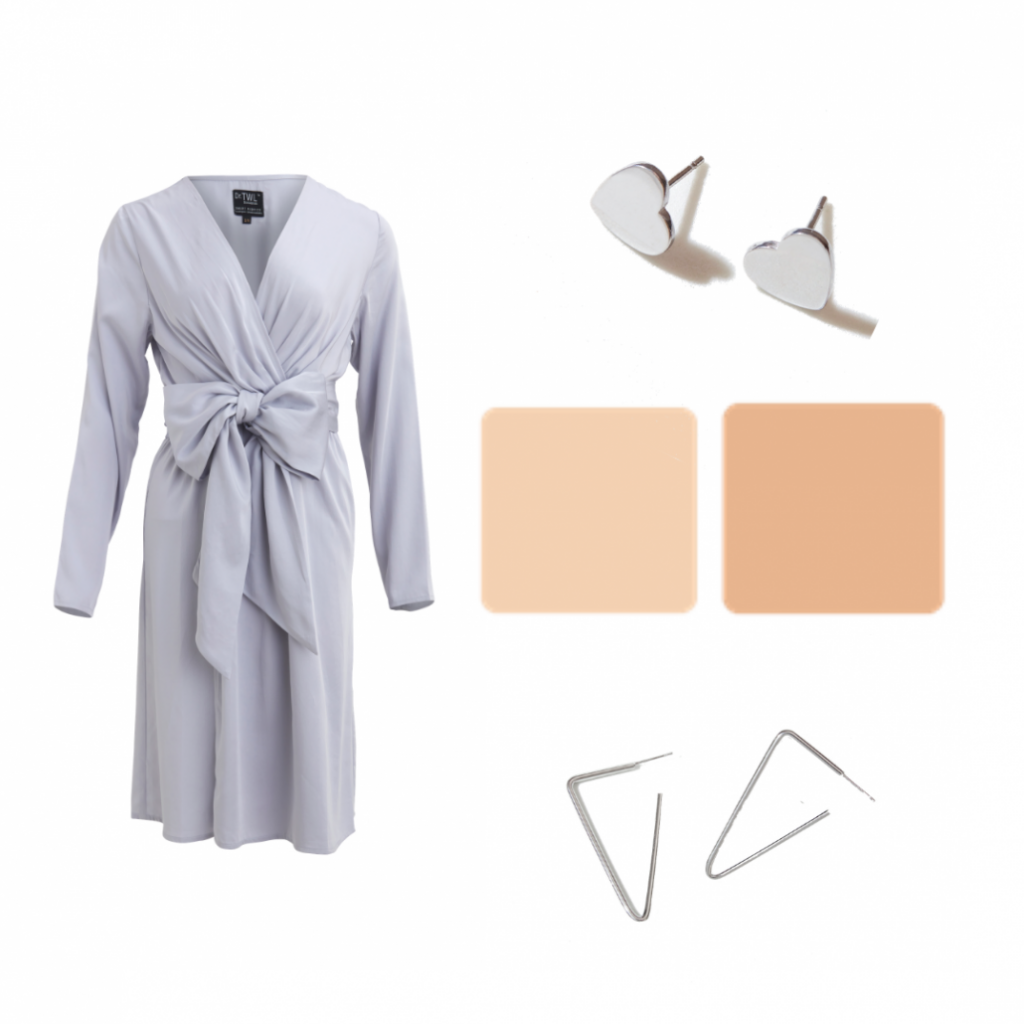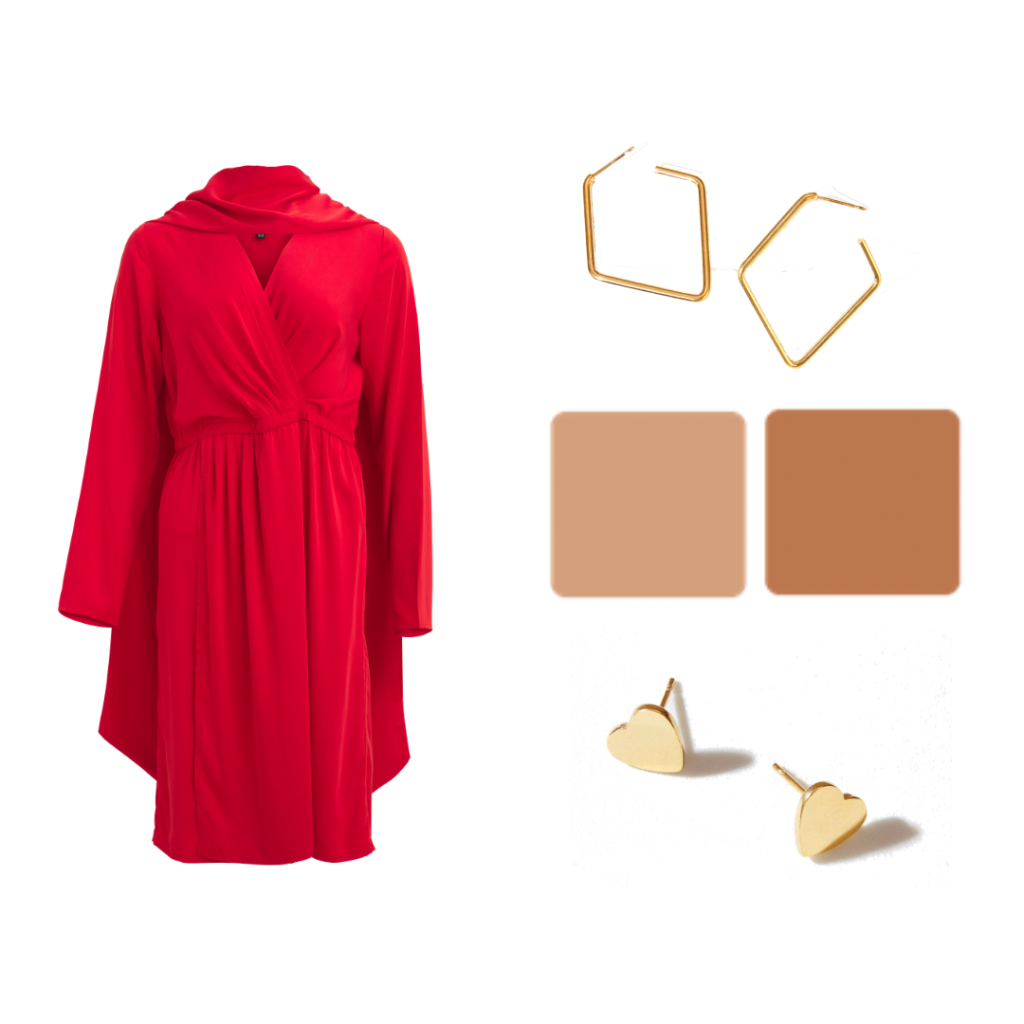Podcast: Play in new window | Download
Subscribe: Apple Podcasts | Spotify | RSS
Ep 36: Skin Whitening is Neither Safe nor Trendy – A Dermatologist’s Take on Skin Color
Chelsea: Wow, listening to that laundry list of these potentially dangerous and harmful effects of these skin lightening procedures. It’s a wonder that people still use these skin lightening methods at all! I guess the real problem is that the people really aren’t aware of these harmful side effects.
Public education on the dangers of skin lightening
Dr. TWL: For FDA and HSA-approved cosmetic products, they do not contain any of these banned substances. However, they still have the ability to inhibit melanin formation. The issue is that not correctly addressing the brand marketing and advertising will only serve to perpetuate the myth that you need to be fair in order to be beautiful, which is false. Hyperpigmentation is not a state of healthy skin. This is different from wanting to bleach your skin or change your skin tone. When you use these terms to market your products, you’re perpetuating some unhealthy bias that can have consequences on society.
Chelsea: Yes, the issue now is that it’s so easy to buy potentially dangerous cosmetics online. Brands can really say their products can help with this and that, but not address the issue of side effects.
How else do you think we can help to raise awareness to this issue?
Dr. TWL: The media can also play a huge role in changing public perception on this issue. In film industries in South Asia, we find that Bollywood film select stars with fair skin. These are the same for celebrities features in advertisements who have skin lightening products. The same phenomenon is same in Korea where pop stars lighten their skin and appear in controversial advertisements. We need to pass on a responsible message to the population. From a dermatologist’s and skin health point of view, it is neither healthy nor recommended to lighten your skin. In many cases, it can even be dangerous.
Rather, your best bet at looking good is to embrace your skin colour and your natural skin tone. Wearing colours that will complement your natural skin tone will also help. Hence, there’s a bit of colour science and tips from fashion stylists who incorporate elements of how certain colours work better with warmer or cooler skin tones. The same goes for wearing various tones of jewellery – gold, silver, rose gold. When the media starts to take notice of this shift, especially how we present celebrities, and starts incorporating ambassadors with various skin tones and skin colours, it will shape our societal perception and hopefully change it for the better.



This series of our Lyosilk Wrap Dresses, paired with our surgical steel earrings in Silver, Gold and Rose Gold, are part of our skincare fabrics range in 3 beautiful colors Dove Grey, Mustard and Coral Red which bring out the best in skin of color.
Steps to change attitudes towards skin lightening
Social media campaigns and non-profit campaigns are the first step we can take towards changing attitudes about the need for skin lightening or whitening. I feel that these terms ought to be banned, but I’m not sure if I will get much support. I would like to highlight that it’s surprisingly not in use the field of dermatology. We do not use these terms in the context of any skin disorder. Instead, we talk about specific treatments of hyperpigmentation. This has nothing to do with changing your skin colour or skin tone.
In India for example, the “Dark is Beautiful” campaign was created to challenge the belief that only light skin is beautiful. So, dermatologists have a role to play in raising public health awareness and protecting patients who are vulnerable via broadcasted interviews, online forums and continued education. I believe that we have a role to play in moulding the perception of the public and even steering the brand messaging towards that of attaining healthy skin as opposed to talking about skin lightening or skin whitening.
Chelsea: Yes I did hear about the Dark is Beautiful campaign. It helped to push for advertising guidelines in India to be changed, reflecting in ads now being regulated so as to not be able to. I’m quoting here “reinforce negative social stereotyping on the basis of skin color” or “communicate any discrimination.” This is one step towards changing beauty standards in India.
Photoaging and chronic actinic dermatitis
Dr. TWL: I feel that it is important to talk about photoaging here. It’s is part of biological ageing, the most advanced form is a disease state we call chronic actinic dermatitis. It’s got very little to do with being dark or fair. Most individuals with chronic actinic dermatitis are those with less photo-protective melanin and genetically fairer skin. Therefore, they develop these signs of photoaging including hyperpigmentation, irregular skin tones, roughness of the skin, flaking, and in the disease state, pre-squamous cell cancers (pre-cancerous growths) known as actinic keratosis. If we frame the concept of skin whitening or lightening products to address skin inflammation, I feel that it is more science-based and a healthier perspective.
Chelsea:We talked a little bit about corticosteroids and other potentially dangerous skin lightening measures. These are up for sale illegally over the counter.
Why are corticosteroids for skin lightening dangerous?
Dr. TWL: The reason why products such as topical corticosteroids, combinations with hydroquinone, and retinoids, are prescription only is because of the potential side effects. Many pharmacists and scientists who are knowledgable in chemistry and pharmacology will tell you the benefits of these active ingredients. However, if they do not see patients, they do not envision real-life clinical side effects that can occur. From a dermatologist’s perspective, we are more sensitive because we don’t just work with chemistry or pharmacology. Instead, it’s also about how it translates to the patients’ outcomes. Also, it’s more than just working on a laboratory bench that we find these active ingredients work. It’s also what happens in an individual who has side effects from these active ingredients.
Additionally, the dangers of these prescription-only medications without medical supervision can result in permanent skin damage, increase your risk of skin infections and skin cancers. The burgeoning market of using botanically-derived active ingredients in dermacosmetics is something worth paying attention to. This is especially in Asia where there is a demand for treating disorders of pigmentation. Also, because Asian skin responds to hydroquinone and tretinoin slightly differently than the Caucasian counterparts. The increasing attention on dermacosmetics is partly because of its ability to regulate the process of melanogenesis (melanin formation) in a holistic, synergistic way and with minimal side effects. Besides, these are non-prescriptive medications, the active ingredients, and can be used without medical supervision.
Are there other alternatives for scar lightening?
We also know that these actives have scientific data that backs up the pathway which blocks melanin formation. Rather than depleting the skin’s natural melanin and reducing its photoprotective abilities, these actives in dermacosmetics enhance skin photoprotective abilities.

Dr.TWL Dermaceuticals’ 2% Niacinamide Dark Spot Lightening Cream targets mechanisms in pigmentation and dark spot formation, prevents transfer of pigment within the skin, inhibits melanin formation and is anti-inflammatory
This is due to cell-to-cell communication, a process known as cell talk. Antioxidants, Vitamin C (ascorbic acid in chemical form), can help the overall health of the skin. They also help to repair the oxidative damage that occurs with photoaging. This is the key component of hyperpigmentation states that arise from sun damage. Arbutin and kojic acid can also inhibit tyrosinase activity, an enzyme involved in melanogenesis.

The Prescriptive Skin Brightening Essence for Pigmentation includes a potent mix of botanical actives that combat dark spots including Arbutin, Goji Berry for antioxidant skin regeneration and Sea Kelp for skin dullness and dryness.
Chelsea: I think we’ve seen as a common theme on our podcast right now, that there are a lot of benefits in botanicals for skincare. And that’s no different for dark spot lightening as well! Up to now we’ve been talking about skin lightening in the context of facial skin.
How do we care for body skin?
Dr. TWL: It’s also important to pay attention to skincare on your body. This is because a lot of people feel that they want to whiten their entire body’s skin. First of all, please embrace your natural skin tone and skin colour. Also, be thankful that you were born with extra melanin because it’s going to keep you looking younger than your fairer skin counterparts. It’s also going to result in you having less wrinkles, more plump-looking skin and lower risk of skin cancer. The most important thing is to avoid getting sunburns and to keep your skin healthy.
Moisturiser benefits
Now, by talking about skin health, one cannot neglect the fundamental concept of barrier repair. This is in the form of a good moisturiser formulated specifically as a prescription emollient device, which is the current gold standard therapy for eczema. It is not just a moisturiser. It also has additional anti-inflammatory properties for the treatment and prevention of disorders such as eczema. This is because of its anti-inflammatory properties essentially conferred by botanical antioxidants. All of these factors incorporated into your dermacosmetic regimen can help to regulate the process of melanogenesis.

The Multi-CERAM Cream is a new generation “Smart Moisturiser” formulated as a Prescription Emollient Device. It is formulated with an optimal skin lipid mixture, containing a mixture of plant-derived phytoceramides and synthetic ceramide.
Its important to note that for body skincare ultraviolet protection, even the wearing of UPF clothing which are specifically regulated and measured in its protection factor and design, can be very valuable in assisting preservation of the skin on your body.
Factors affecting photoaging
On another note, its very important to note that our body skin should age in tandem with our organ systems as well. Therefore, it’s unlikely that if you’re riddled with a disease systemically like you have a very unhealthy heart, liver, lungs, that you will have healthy skin. So the key here is stay healthy. We also know that besides genetic factors, lifestyle factors such as physical activities and diet can influence the ageing process specifically what we call the skin exposome process, which states clearly that neutralceutical factors as well as incorporation of physical activity can impact the way the body cells react to ageing processes.
Chelsea: You’re absolutely right, the health of our skin really depends on our overall health as well! Well that’s it for todays episode. We’ve talked about the social and cultural aspects of skin whitening- particularly in Asian cultures, and also how we as a society can move forward from the unhealthy beauty standards of lighter skin = more beautiful skin through raised public awareness, and increasing social campaigns that can help to over time, break down unhealthy biases and stereotypes.
We’ve also covered the potentially dangerous effects of various skin lightening measures, and the science behind how darker skin actually confers more photoprotective properties and fewer signs of aging. Finally, we want to emphasize that instead of unhealthy and potentially harmful effects of the desire for a fairer skin tone, we should move towards the goal of healthy skin, and overall health in general.
Well we hope you enjoyed this episode. You may follow Dr. Teo of TWL Specialist Skin & Laser Centre @drteowanlin for more podcast updates, and remember to check out our website at www.scienceofbeauty.net for the full podcast transcript.
